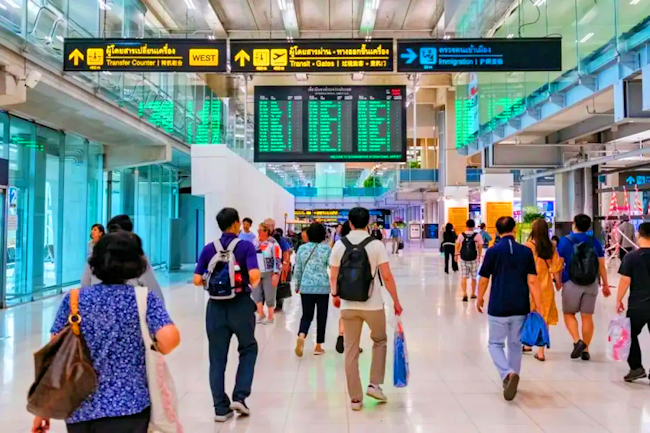The impending introduction of Thailand‘s digital entry card requirement has left many potential visitors in a muddle.
Questions about its implementation remain unanswered just weeks before its anticipated launch.
As of May 1, all non-Thai passport holders travelling to the country will need to complete an online form, the Thai Digital Arrival Card (TDAC), ahead of their arrival.
This measure is designed to replace the now-defunct TM6 entry card, which traveler’s and immigration officials alike found cumbersome due to its small size and the frequent lack of pens handy after long-haul flights.
The TDAC will require traveler’s to input basic biographical information as well as details regarding their travel and accommodation plans. The new system will apply universally to those entering by air, land, or sea.
However, the precise digital platform intended to facilitate these submissions has yet to be disclosed by Thai authorities, leaving both travellers and airlines in an anticipatory limbo, writes Barry Kenyon for Pattaya Mail.
It is assumed that once travellers submit their details online, they will receive a confirmation in the form of a QR code. This code can then presumably be presented at the immigration desks or potentially at the electronic gates featured at some Thai airports.
There is also speculation that the TDAC may serve as a customs declaration form, although official confirmation has yet to be provided. Reports suggesting the introduction of an exit procedure akin to the TDAC have also surfaced, but they remain unsubstantiated at this point.
One significant source of confusion has been the distinction between the TDAC and a visa application. Although separate processes, a misunderstanding has led to concerns among tourists, particularly from the 93 countries whose citizens enjoy visa-exempt status for a 60-day visit, extendable by an additional month.
From May, these tourists, along with all other foreign arrivals, regardless of their visa status, will need to embrace the TDAC protocol.
Several crucial questions remain unanswered: Will passengers without a completed TDAC be refused boarding by airlines, anxious about potential fines for transporting non-compliant passengers?
Will there be any mechanism for completing the TDAC form upon arrival? Will each visit require a new TDAC submission, and what happens if a traveler changes accommodation after submitting their information?
With less than two months before the TDAC’s expected rollout, these and other queries require urgent clarification. Without timely and thorough communication from Thai authorities, the envisioned seamless travel experience could falter before it even begins, leaving traveler’s and the tourism industry in a state of flux.



